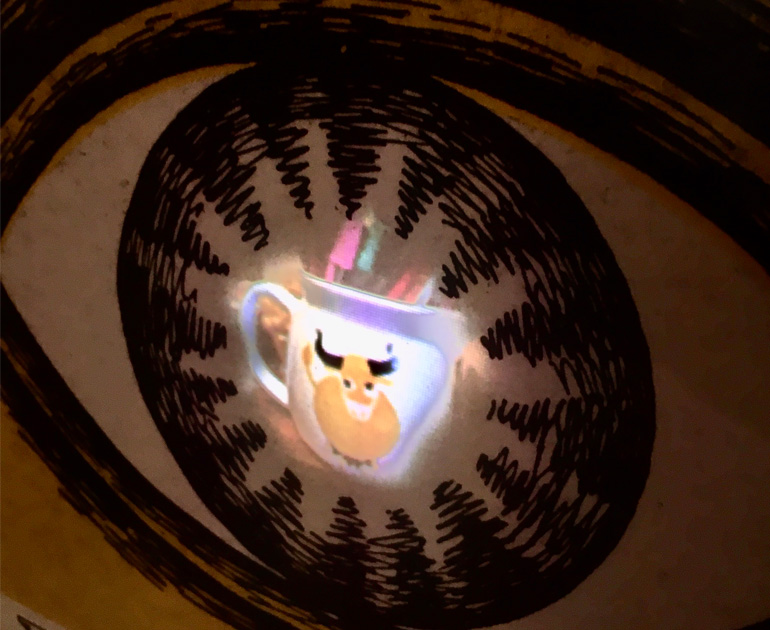
Black Eyes and Lemonade
The Museum of English Rural Life (The MERL) was delighted to receive an award of £500 from the Diversity and Inclusion Initiatives Fund for 51 Voices – different voices.
To mark our 70th year, The MERL are working with people to explore and respond to collection objects from or accessioned in 1951 – relating them to priorities and passions of the past, present and future. Throughout 2021, 51 Voices will be mapped to 51 collections items, enabling reflection on mid-century ideas, preoccupations, and creativity but with contemporary perspectives. By working with different ‘Voices’, including from outside the museum and heritage sector, these items will be re-imagined with surprising, and perhaps challenging responses. We had already reaching out to and starting to work with a diverse range of colleagues, Reading based artists and communities to ensure and enable many and different voices can be heard and shared through this work.
The aims of the Diversity and Inclusion (D&I) project as part of the wider 51 voices project were achieved as follows:
- To work with an artist that self identifies as neurodivergent
- To support the artist to design and deliver creative participatory activity with staff, students and/or a relevant community group
Limitations of Zoom aside, Jess prepared and delivered the creative and participatory sessions, setting opportunities for individual creative follow up between the sessions. The participants were encouraged to explore ‘unsophisticated art’ through photography and projection mapping. This took inspiration from The MERL collection – a catalogue from ‘Black Eyes & Lemonade’ an exhibition held at the Whitechapel Art Gallery in London during the Festival of Britain in 1951. The exhibition presented everyday objects made in Britain, normally excluded from museums and art galleries. This provided a starting point to consider what and perhaps who continues to be excluded. Participants used phones to take photographs of everyday objects to then project into the eye of a scanned and enlarged exhibition catalogue. We had three participants involved in each of the sessions, including one young person studying photography, one person who had recently studied folk art, and one of The MERL volunteers.
- To inspire participants through a Collection object, resulting in a piece of co-created artwork/creative output that will become 1 of the 51 Voices
All participants contributed a range of photographs inspired by the catalogue listings (A) Transport; B) Toys, Hobbies and Pets; C) The Home; D) Food; E) Birth, Marriage and Death; F) Agriculture; G) Festivity and Entertainment; H) Souvenirs; J) Printing; K) Religion; L) Man’s own image; M) Personal adornment; N) Pictures; O) Commerce and Industry sharing with the group the relevance of these images to their own lives and experiences. Participants decided that the final piece should focus on eyes and typography, as these featured prominently in everyone’s photographs, perhaps subconsciously in reference back to the striking image on the front of the catalogue.
Watch the full collaborative piece below. Please note: the video has no sound.
- To hear, listen and amplify ‘Voices’ and what they wish to say regarding diversity, inclusion and experiences of neurodiversity
With thanks to the University of Reading Diversity and Inclusion Initiative Fund.